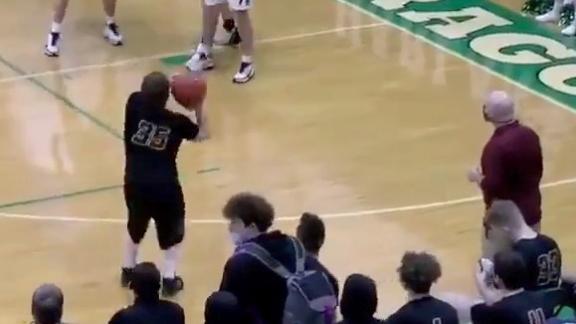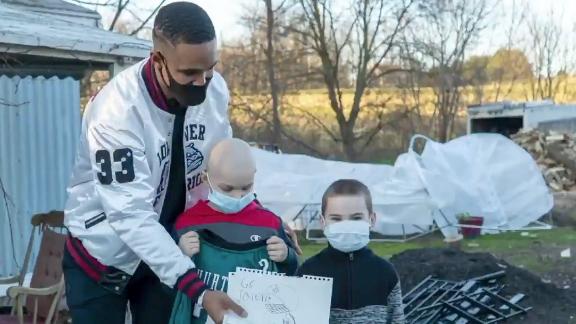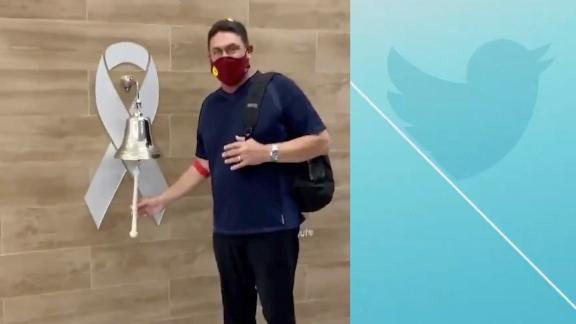After giving you the lowdown Thursday on the most likely teams to pull off upsets against the big boys, we're now moving on to which Giants are candidates for first-round losses and which look safe, according to our statistical model. (What's a Giant? Simply an NCAA tournament team that's not a potential Giant Killer -- check out our methodology, for free, right here.)
Before we get into the numbers, here's the big picture: Giants are very, very lucky with the way the NCAA tournament field is breaking in 2011. Our model suggests four to 12 big-school teams are vulnerable to early upsets, an historically huge number. But because of quirks in seedings and matchups specific to this year, the number of actual Goliaths isn't likely to be anywhere near that high.
For one thing, because it was a down year for the power conferences in general, mid-majors will probably send their best teams to better-than-usual seeds -- all the way up to 8s and 9s for schools that will be favorites and near-favorites in the first round. And if those teams win once, their reward in the second round -- and their first contests as deep underdogs and potential Giant Killers -- will be games against No. 1 seeds in the second round. The George Mason Patriots, Old Dominion Monarchs, UNLV Rebels and Utah State Aggies are all among our top 10 potential Killers, but could all face this fate. If you're a shaky Giant like the Arizona Wildcats or Florida Gators, you probably won't have to face one of these lethal 'dogs. The Pittsburgh Panthers or Kansas Jayhawks will be doing your dirty work for you.
For another, if you look beyond those tough 8 and 9 seeds toward who's populating the very lowest regions of your brackets, you'll see something missing. Instead of a whole bunch of small-conference champions who dominated their regular seasons, there will be teams that surprisingly knocked off their league's toughest representative in their league tournaments over the past couple of weeks. Some of those conference-leading squads, particularly the Charleston Cougars and Fairfield Stags, would have been dangerous Giant Killers, but they ended up being beaten by teams that will have more trouble taking down the Goliaths. Here at GK Headquarters, we were rooting hard for the Cleveland State Vikings, Iona Gaels and Virginia Commonwealth Rams, teams with great Giant Killing potential, during conference tourneys. Instead, we got the Indiana State Sycamores. Good team, but they don't conform to our numbers well.
We're still trying to figure out if small-conference tournament upsets are a trend, or just random. We're also trying to figure out why small conferences are so eager to send their fourth- or fifth-best teams to represent them in the NCAA. But in the meantime, vulnerable Giants can enjoy the results.
You're probably quite familiar already with the records, players and styles of many of this year's Giants -- and if you're not, you surely will be soon. We're not going to try to convince you that any of them are bad teams, because they're not. But for each of the 10 Giants our model says are the most vulnerable, we will offer one or two key weaknesses, serious problems that, if they crop up once the tournament begins, could lead to an early exit -- especially if targeted by the right Killer.




